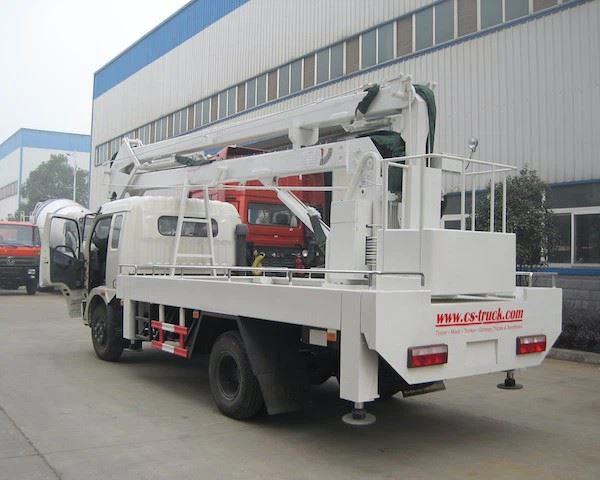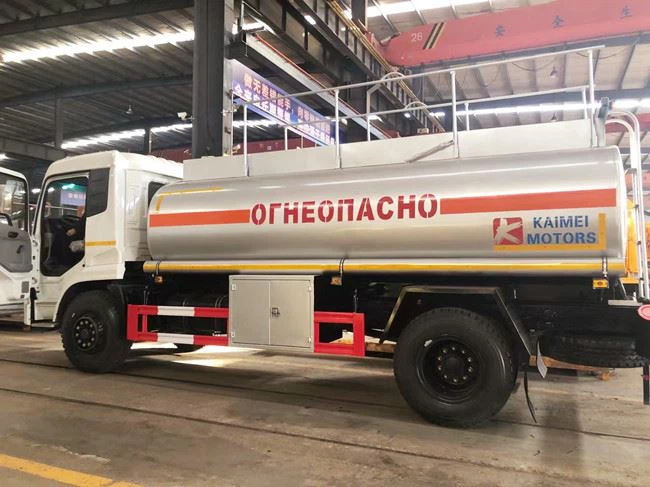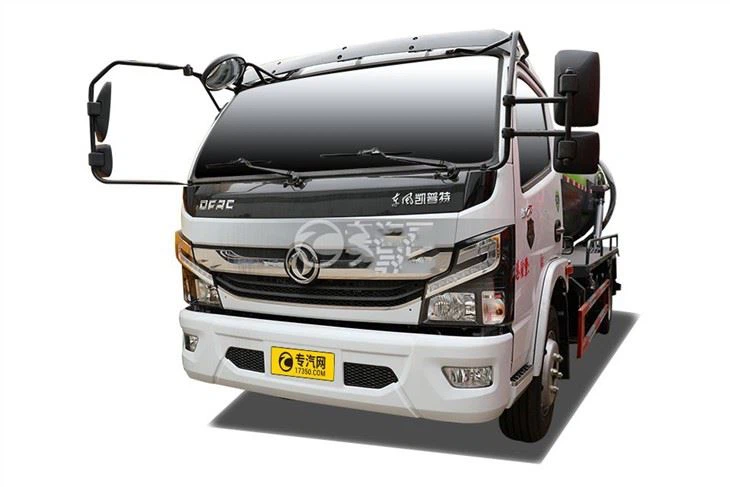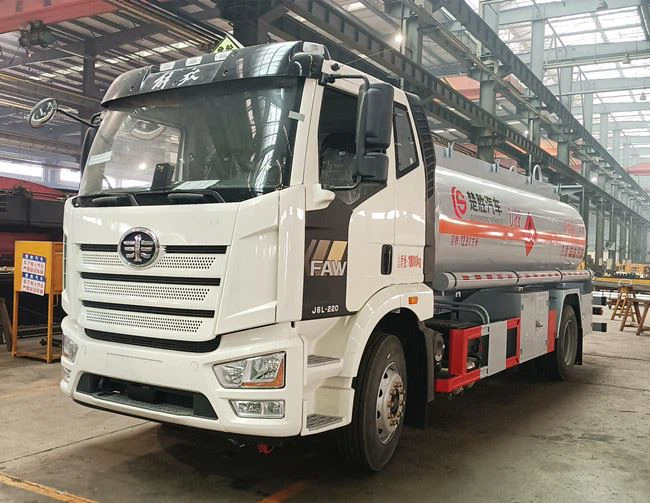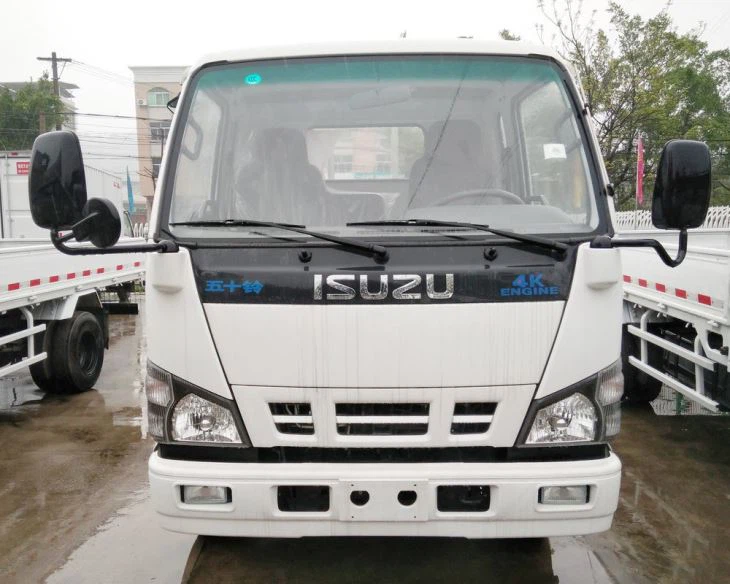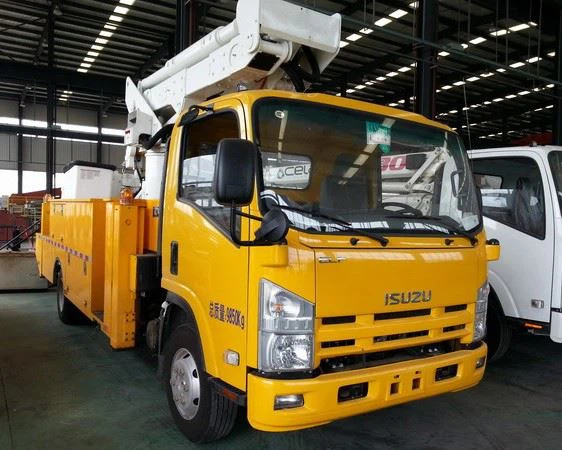Petroleum trucks are pivotal in the transportation and distribution of fuel products, serving a critical role in the supply chain of the energy sector. This article aims to delve into various aspects of petroleum trucks, including their types, safety standards, advancements in technology, and best practices for operation and maintenance. We will explore practical examples, industry standards, and answer some commonly asked questions regarding petroleum trucks.
What is a Petroleum Truck?
A petroleum truck is a specialized vehicle designed for transporting petroleum products, including gasoline, diesel, and various derivatives. These vehicles are built with specific features that ensure the safe and efficient transportation of hazardous materials. Understanding the characteristics and designs of petroleum trucks is essential for industry professionals.
The Anatomy of a Petroleum Truck
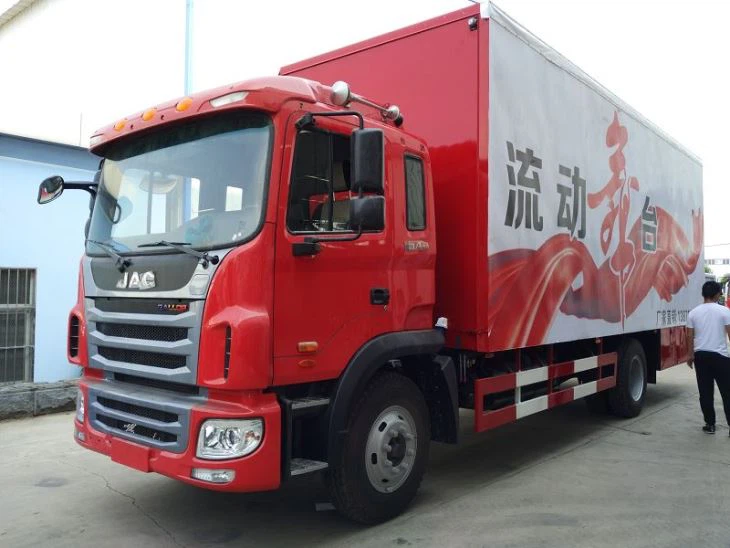
Petroleum trucks are not your average delivery vehicles. Here are the key components:
- Tank: The large cylindrical container that holds the petroleum product, often constructed from high-quality steel or aluminum for durability and safety.
- Chassis: The framework that supports the tank and all other components, often heavy-duty to handle the weight of the fuel.
- Pump System: Used to fill and empty the tank efficiently, ensuring quick service at fuel distribution points.
- Safety Equipment: This includes spill containment systems, fire extinguishers, and emergency shut-off valves to mitigate accidents.
Types of Petroleum Trucks
Understanding the various types of petroleum trucks is essential for choosing the right vehicle for a specific operation. Here are some of the most common types:
1. Tanker Trucks
Tanker trucks are the most recognizable type of petroleum truck. They are designed to transport bulk liquids and are equipped with a large cylindrical tank. These trucks are highly versatile and can carry various petroleum products.
2. Bobtail Trucks
Bobtail trucks are designed to transport smaller loads of petroleum, usually ranging from 1,000 to 4,000 gallons. They are perfect for local deliveries and smaller operations.
3. Semi-Trailer Tankers
Semi-trailer tankers are typically used for long-distance transportation of large quantities of fuel. They can carry between 5,000 to 11,000 gallons and are equipped with advanced safety mechanisms.
4. Live Bottom Trailers
These trucks have a conveyor system that allows for faster and more efficient unloading of petroleum products, useful in various distribution scenarios.
Regulatory Standards for Petroleum Trucks
The transportation of petroleum products is heavily regulated to ensure safety and environmental protection. Understanding these regulations is critical for operational compliance.
1. DOT Regulations
The Department of Transportation (DOT) has set forth comprehensive regulations regarding the transportation of hazardous materials, including petroleum. Key considerations include:
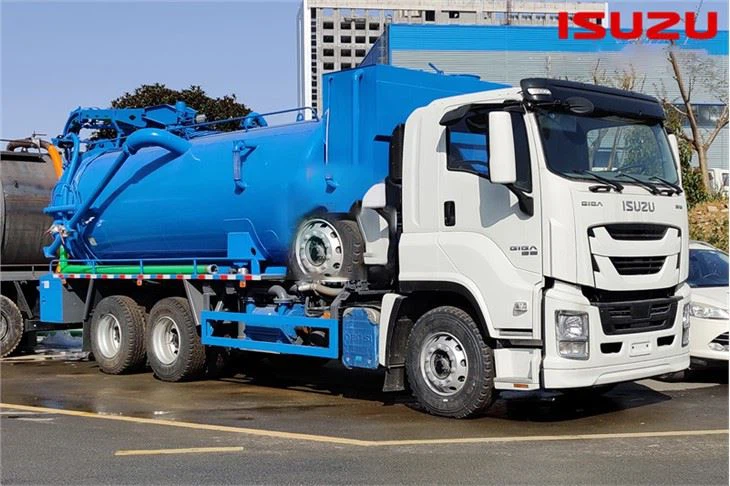
- Proper vehicle marking and labeling
- Driver training and certification
- Vehicle maintenance standards
2. EPA Standards
The Environmental Protection Agency (EPA) enforces regulations to minimize environmental impacts from accidents and spills. Compliance with these regulations is crucial for avoiding hefty fines and promoting sustainability.
3. State-Specific Regulations
Each state may have its own additional regulations regarding petroleum transportation. It is vital to check local laws and comply with them to prevent legal issues.
Technology Advancements in Petroleum Trucks
Modern petroleum trucks are increasingly incorporating technology to enhance safety, efficiency, and reliability. Here are some noteworthy advancements:
1. GPS Tracking and Fleet Management Systems
GPS technology allows fleet managers to track the location of trucks in real-time, facilitating better route planning and inventory management.
2. Advanced Safety Features
Many new trucks come equipped with advanced safety features, such as anti-lock braking systems, lane departure warnings, and collision prevention systems, helping to reduce accidents.
3. Emission Control Technologies
With a growing emphasis on environmental sustainability, many petroleum trucks are integrating technologies to reduce emissions and comply with stricter environmental regulations.
Best Practices for Operating Petroleum Trucks
To ensure safe and efficient operation, here are some best practices to follow:
1. Regular Maintenance
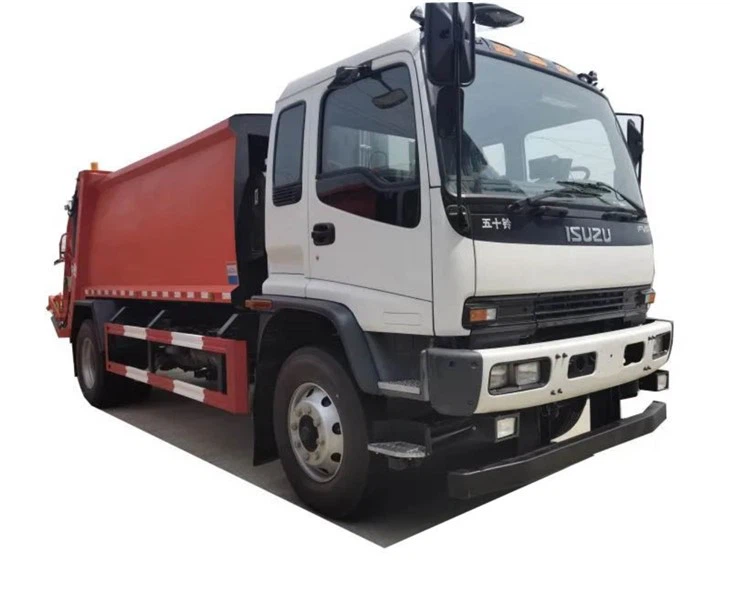
Implement a routine maintenance schedule to ensure all components are functioning correctly and to identify potential issues before they become serious.
Sample Maintenance Checklist
| Component | Maintenance Frequency |
|---|---|
| Fluid Levels | Daily |
| Tire Pressure | Weekly |
| Brake System | Monthly |
| Tank Integrity | Quarterly |
2. Training Drivers
Ensure that all drivers are adequately trained on safety practices, regulations, and emergency procedures related to petroleum transportation.
3. Spill Prevention Measures
Equip trucks with the necessary spill containment systems and train drivers on how to respond to spills effectively, minimizing environmental impacts.
Pitfalls to Avoid in Petroleum Truck Operations
A number of pitfalls exist for petroleum truck operators. Awareness of these can help improve safety and operational efficiency.
1. Dismissive Attitude Toward Regulations
Neglecting to comply with DOT and EPA regulations can lead to severe penalties and operational disruptions. Staying informed and compliant is essential.
2. Ignoring Maintenance Protocols
Failure to follow a strict maintenance schedule increases the risk of breakdowns and accidents, which can endanger lives and the environment.
3. Unsafe Loading Practices
Improper loading of petroleum trucks can result in spillage and accidents. Always follow guidelines regarding load distribution and securing cargo.
Environmental Impact of Petroleum Transportation
While petroleum trucks are essential for fuel distribution, they also pose risks to the environment. Understanding these impacts is critical for mitigating adverse effects.
1. Oil Spills and Contamination
Accidents can lead to devastating oil spills, impacting marine life and local ecosystems. Having effective spill response plans is crucial.
2. Air Pollution
Vehicles that transport petroleum contribute to air pollution. Implementing emission control technologies can reduce this impact significantly.
3. Noise Pollution
The noise generated by petroleum trucks, especially during loading or unloading operations, can affect local communities. Using modern, quieter trucks can help mitigate this issue.
The Future of Petroleum Trucks
The petroleum industry is rapidly evolving, and the future of petroleum trucks may be influenced by various factors. Here are some trends to watch:
1. Alternative Fuels
As the industry shifts toward sustainability, there may be a rise in the use of alternative fuels for transportation. Electric or hydrogen-powered trucks may become more prominent.
2. Automation and Autonomous Vehicles
The development of autonomous trucks could transform the logistics of petroleum transportation, improving efficiency but also raising new safety concerns.
3. Advanced Materials
Innovations in materials science may lead to lighter and stronger tanks, improving fuel efficiency and safety standards in petroleum transportation.
FAQs about Petroleum Trucks
1. What safety equipment is required on a petroleum truck?
Safety equipment required often includes fire extinguishers, spill containment kits, emergency shut-off valves, and proper signage indicating hazardous materials.
2. How is the maintenance of petroleum trucks regulated?
Maintenance regulations are outlined by the DOT and other regulatory bodies, requiring regular inspections and compliance with safety protocols.
3. What are the most common causes of accidents involving petroleum trucks?
Common causes include improper loading practices, driver error, vehicle maintenance neglect, and environmental factors such as weather conditions.
4. Can petroleum trucks be retrofitted with new technologies?
Yes, many older petroleum trucks can be retrofitted with advanced safety features, GPS systems, and emission control technologies to enhance performance.
5. How often should petroleum trucks undergo inspections?
Regular inspections may vary by state, but it is generally recommended to conduct thorough inspections at least once a month and after any significant distance traveled.
6. Are there environmentally friendly alternatives to traditional petroleum trucks?
Yes, alternative fuels such as electric and hydrogen-powered trucks are being developed and tested, offering more sustainable options for transportation in the petroleum industry.

